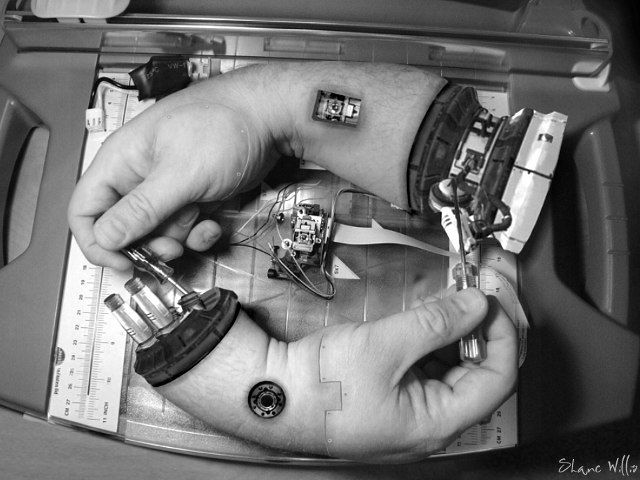Norms for Agent Service Controlling
About how add a normative system in an open system where agents and web services co-exist and interact. Agents are grouped in organisational units (OU), as coallitions or teams. OU provides services to the agents (or even the designers) to manage the organisation. They’re classified into 3 types: structrural (norm, role and unit creation), informational (about the current state) and dynamic (role adquisition).
Norms regulate the organisation and they’re divided into organisational and functional norms. She shows with an example the different type of norms, services and how all that works.
One thing that I don’t like is the definition of a new language. There’s well known logic specification and standards to formalise these concepts. A new language nowadays just complicate the interaction, even more for open systems…. and Pablo Noriega thinks as me :-)
Towards the Group FormationRecognition through Social Norms
Social norms are a good complement to laws, based on coordinated reaction on the members of the group. A norm is a set of observables and one action. How agent recognise as members of the same group? (that is, they have the same set of rules) They follow 4 algorithms: (i) basic (interact and save) (ii) the friends of my friends are also my friends (whitelist), (iii) blacklist (the opposite one) and (iv) labelling. Labels are put on the agents when they interact. They’re public: all agents can see them, but one agent can remove its own labels. False positives behave similar in the case of white and black lists. And it works better (obviously) for heterogeneous groups than for homogeneous groups. Very interesting. Take a closer look to that.
Integrating Image and Reputation Information in BDI Agents
3 approaches to control interactions among agents are possible: security, institutional and social (reputatin based). The last one can be modelled in a centralised way (as eBay) or decentrlised way (more interesting) and he’s going to present the Repage system to model image and reputation, integrated into a BDI agent. The difference between them is that image is my own view of the agent (experience-based), whereas reputation is what other agents say. A recommended lecture: the paper with six definitions for trust (look for it)
An Extendedc. Using Institutions To Foster Compliance in Open Multi-Agent Systems
Problem in open systems: heterogenous agents, with conflicting individual goals and limited trust. Some uncertainties (parametric -> environmental) can’t be reduced, but strategic ones can (decide if one agent has a bad behaviuour deliverately). In the case of anoinymous communities with esporadic interaction, it is very difficult to get efficient exchanges in the long run. But this can be solve even without superior detection capabilities by extending it. Well, she’s changing a bit the game because she adds a new player, but it is no serious.
Tags: eumas, agents, services, norms, organisation, institution

